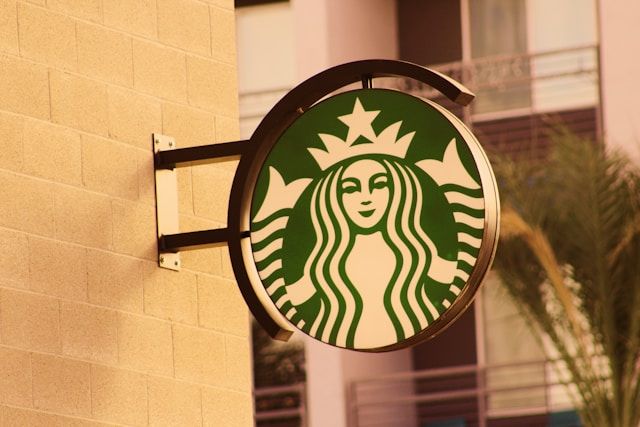In a move to cut plastic use, Starbucks is redesigning its cold drink cups to be lighter and more sustainable, rolling out across the US and Canada
Starbucks has announced a major update to its cold drink cups, launching a redesigned version that uses up to 20% less plastic than the previous models. This initiative is part of the coffee giant’s broader commitment to reducing its environmental footprint, with a goal to cut its waste and carbon output by half by 2030. The redesigned cups are set to appear in select Starbucks locations in the US and Canada this year, with a complete rollout expected by spring 2025.
The new cups are crafted to be more environmentally friendly, not only by reducing the amount of plastic used but also by incorporating features designed to improve their production and disposal impacts. Starbucks estimates that this change will save more than 13.5 million pounds of plastic from ending up in landfills each year and will also decrease emissions and water use during their production process.
Embed from Getty ImagesIn terms of design, the cups have seen several tweaks for better functionality and accessibility. One notable feature is the introduction of black and white fill lines, which improve visibility against various drink colours, aiding both baristas and customers. Furthermore, the cups for tall, grande, and venti sizes have been standardized to use the same lid size, a shift from the past where different sizes required different lids. This change is expected to streamline operations and reduce inventory complexities in stores.
However, the Trenta size cup will retain its unique lid, maintaining some differentiation in the product line. To assist baristas during busy periods, the cups now also feature embossed size indicators on the bottom, making it easier to identify cup sizes when they are stored upside down.
While these innovations mark significant progress in Starbucks’ sustainability journey, critics argue that more radical measures are needed to address the broader plastic crisis. Advocacy groups like Break Free from Plastic suggest that Starbucks should focus more on systems that support reusable and returnable cups, rather than simply reducing the plastic content of disposable ones.
In recent years, Starbucks has experimented with various initiatives to enhance sustainability, such as a borrow-a-cup program that involved a deposit scheme for reusable cups. This program was tested in several global markets, including a notable pilot in Seattle, where customers could return their cups to designated bins for a refund.
As Starbucks continues to develop its sustainability strategies, the effectiveness of these efforts in significantly reducing plastic waste and emissions remains a topic of discussion among environmental experts and consumers alike.
